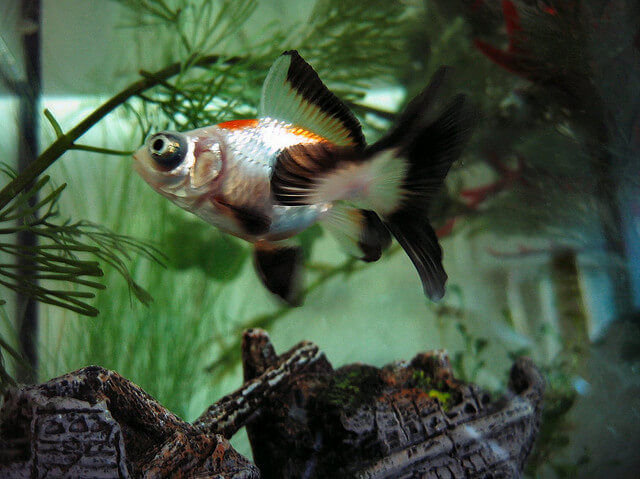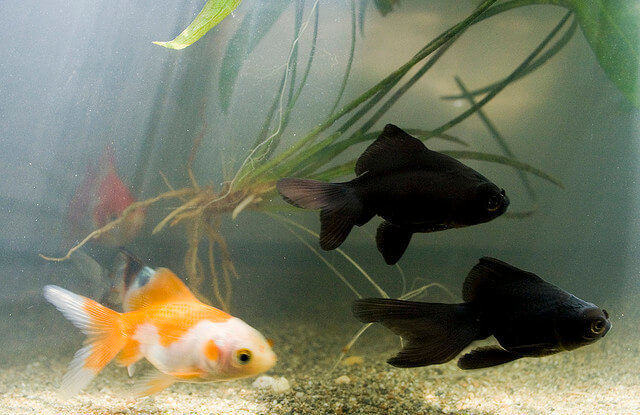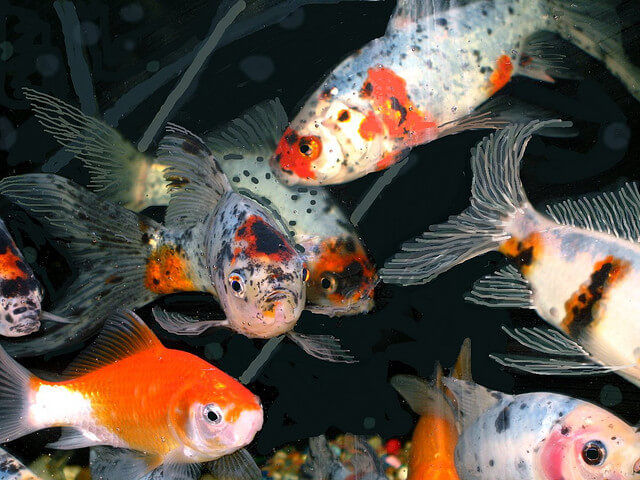Goldfish are one of the most popular fish kept as pets globally. They are a great choice for first-time fish owners because they are hardy and easy to care for. However, even goldfish can develop health problems from time to time. One such problem is when a goldfish’s age and coloring change from a healthy fish’s bright orange or yellow to a deep black. While this may be alarming, it is usually not a cause for concern. In this article, we will explore why a goldfish might turn black and the possible solutions.
Common Reasons Why Goldfish Turn Black and Possible Solutions
There are a few reasons why your goldfish might turn black. The most common reason is age. If you are concerned about your goldfish turning black due to age, you can do a few things, including getting expert advice to help them stay healthy and vibrant. Here are some other reasons your goldfish might turn black and what you can do about it.
Old Age
If your goldfish is turning black due to old age, there is no need for action. This is a natural process, and your fish will not be uncomfortable. Enjoy watching him as he goes through this transformation. Here are a few things you can do to help your goldfish feel comfortable and stress-free in his old age:
- Keep the water clean and well-filtered. This will help remove any toxins from the water that could be causing stress or illness.
- Maintain a stable water temperature. Fluctuating temperatures can be stressful for goldfish and may cause them to become sick.
- Provide plenty of hiding places. Goldfish like to have places to hide when they feel stressed or threatened. This could be as simple as adding some live plants to the tank.
Due To Stress
If your goldfish is turning black due to stress, you can do a few things to help him relax and feel comfortable. Here are a few tips:
- Keep the tank clean and well-filtered. This will help remove any harmful toxins from the water that could be causing stress.
- Maintain a stable water temperature. Goldfish can become stressed if the water temperature fluctuates too much.
- Do not overcrowd the tank. When goldfish are crammed together, they can become stressed, leading to health problems.
- Provide plenty of hiding places. Goldfish like to have places to hide when they feel threatened or stressed. This could be as simple as adding some live plants to the tank.
- Reduce the amount of noise and activity around the tank. Goldfish are sensitive to noise and struggle to relax when too much is going on around them.
Poor Water Quality
If your goldfish is turning black, it could be a sign of poor water quality. Ammonia, nitrites, and nitrates are all toxic to fish and can cause them to develop a condition known as black patch disease. This disease causes the fish’s scales to turn black and eventually fall off. If not treated, black patch disease can be fatal. If you think your goldfish may be developing black patch disease, take him to an expert immediately for treatment. In the meantime, here are a few things you can do to improve the water quality in your tank:
- Test the water regularly and make sure the ammonia, nitrites, and nitrates are within safe limits.
- Change the water regularly. You should change at least 25% of the water in your tank every week.
- Use a filter that removes toxins from the water. A good filter is essential for keeping the water quality in your tank healthy.
- Do not overfeed your fish. Excess food will create ammonia and other toxins in the water.
- Remove any uneaten food from the tank.
- Keep the tank clean and free of debris.
Bred for Unusual Colors
If your goldfish turns black, you have no idea why he may have been bred for an unusual color. In the wild, goldfish come in various colors, including red, orange, yellow, green, blue, and black. However, many wild-type goldfish have been replaced by fish of other colors, including white, cream, and black, due to selective breeding. However, you can take steps to ensure that he is healthy and happy:
- Provide a well-rounded diet. A variety of foods will help to ensure that your goldfish gets all the nutrients it needs.
- Keep the water clean and well-filtered. This will help remove any toxins from the water that could be causing stress or illness.
- Maintain a stable water temperature. Fluctuating temperatures can be stressful for goldfish and may cause them to become sick.
- Provide plenty of hiding places. Goldfish like to have places to hide when they feel stressed or threatened. This could be as simple as adding some live plants to the tank.
If your goldfish is turning black, there are several potential reasons this may happen. However, most of these problems can be resolved by taking simple steps to improve your tank’s water quality and living conditions. So, if you’re concerned about your fish’s health, take a closer look at the condition of your tank and make the necessary adjustments. With a little bit of TLC, your black goldfish should be back to his usual self.
Related Reading



